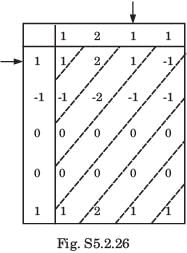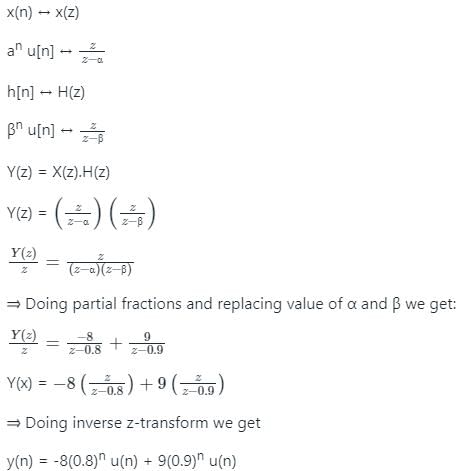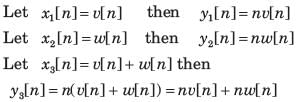Test: Basics - Electrical Engineering (EE) MCQ
10 Questions MCQ Test - Test: Basics
In the below figure if R value is increased then which of the following is true?

Given the discrete-time signals

and
 ,
,
Find the expression for the convolution y[n] = x[n] × h[n]

 ,
,The time period of the continuous-time sinusoidal signal is given by _____.
What is the convolution y[n] = x[n]*h[n] : where x[n] = anu[n], h[n] = βn u[n], α ≠ β, α = 0.8, β = 0.9 ?
Let P be linearity, Q be time invariance, R be causality and S be stability. In question discrete time input x[n] and output y[n] relationship has been given. In the option properties of system has been given. Choose the option which match the properties for system.
Q. y[n] = nx[n]
In question y[n] is the convolution of two signal. Choose correct option for y[n].
y[n] = u [n + 3] * u[n-3]
The convolution of  and h[n] = u[n - 1] is f [ n]u[n - 1]. The function f [n] is:
and h[n] = u[n - 1] is f [ n]u[n - 1]. The function f [n] is:
Let P be linearity, Q be time invariance, R be causality and S be stability. In question discrete time input x[n] and output y[n] relationship has been given. In the option properties of system has been given. Choose the option which match the properties for system.
Q. y[ n] = rect ( x[ n])
Let the input be u and the output be y of a system, and the other parameters are real constants. Identify which among the following systems is not a linear system:








 (Homogeneous)
(Homogeneous)
 (Time variant)
(Time variant)



 (Not Homogeneous not linear)
(Not Homogeneous not linear)
 (Time Invariant) At any discrete time n = no , the response depends only on the excitation at that discrete time.
(Time Invariant) At any discrete time n = no , the response depends only on the excitation at that discrete time.










